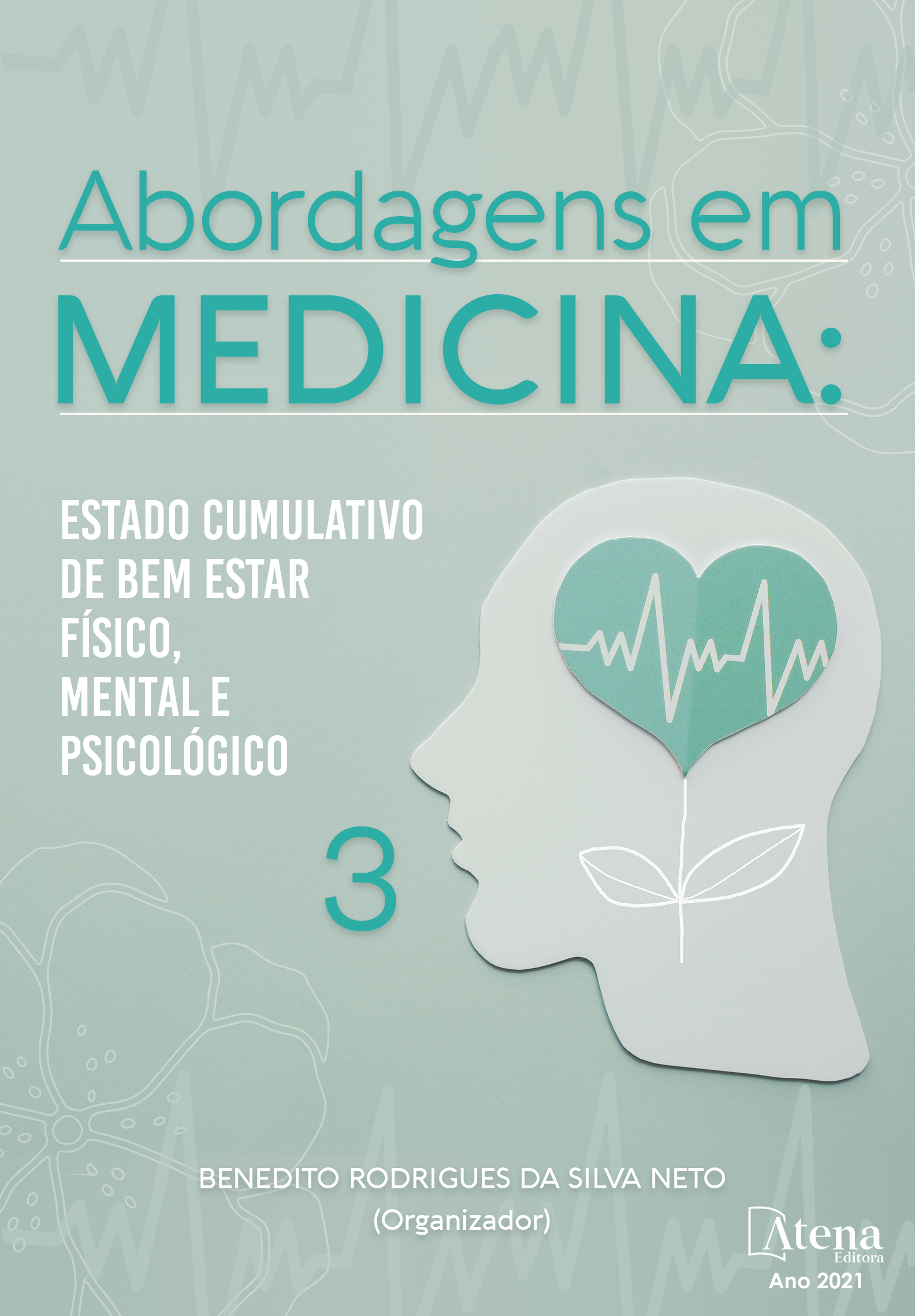
SÍNDROME DO TÚNEL DO CARPO E RELAÇÃO DE CAUSALIDADE COM VARIAÇÕES ANATÔMICAS NO TÚNEL DO CARPO: UMA REVISÃO SISTEMÁTICA DE LITERATURA
A Síndrome do Túnel do Carpo advém da tração/compressão do nervo mediano na sua passagem pelo punho. É caracterizada por dormência, formigamento, fraqueza e dor. Variações anatômicas na região têm demonstrado relevância na sintomatologia e nos riscos de lesão iatrogênica no ato cirúrgico. Em âmbito social e econômico, impossibilita a realização de tarefas, principalmente as laborais. Conhecer essas variações agiliza o diagnóstico e otimiza planos de tratamento. O objetivo do presente artigo é realizar uma revisão sistemática de literatura sobre a existência de variações anatômicas no túnel do carpo que afetam o nervo mediano e levam à STC. Na sua metodologia, foram pesquisadas as bases de dados SciELO e PubMed, com os descritores “carpal tunnel syndrome” e “anatomical variation”, conforme a metodologia Preferred Reporting Items for Systematic Reviews and Meta-Analyses (PRISMA). Foram incluídos artigos originais, nos idiomas inglês e português, indexados nos últimos 10 anos. Considerou-se para este estudo a natureza da variação anatômica, a coexistência de variações e a relação de causalidade entre variação anatômica e STC. Foram encontrados 73 artigos, sendo 28 selecionados para a revisão. As variações predominantes foram nervo mediano bífido e artéria mediana persistente, sendo o nervo mediano bífido encontrado em 10 trabalhos e sua relação de coexistência com a artéria mediana persistente em 4 artigos. Também foram encontradas outras variações anatômicas musculares, vasculares e nervosas, porém em frequência muito menor, sendo todas elas descritas neste artigo. A maioria dos trabalhos mostraram correlação positiva entre as variações e a STC. Variações no túnel do carpo são relativamente raras, contudo exigem suspeita médica constante. Assim, ressalta-se a importância do conhecimento das possíveis variações, o que pode ter implicação no rápido diagnóstico e planejamento de abordagem conservadora ou cirúrgica.
SÍNDROME DO TÚNEL DO CARPO E RELAÇÃO DE CAUSALIDADE COM VARIAÇÕES ANATÔMICAS NO TÚNEL DO CARPO: UMA REVISÃO SISTEMÁTICA DE LITERATURA
-
DOI: 10.22533/at.ed.65921221120
-
Palavras-chave: síndrome do túnel do carpo; variação anatômica
-
Keywords: carpal tunnel syndrome; anatomical variation
-
Abstract:
Carpal Tunnel Syndrome arises from traction/compression of the median nerve as it passes through the wrist. It is characterized by numbness, tingling, weakness and pain. Anatomical variations in the region have been shown to be relevant in terms of symptoms and risks of iatrogenic injury during surgery. In the social and economic sphere, it makes it impossible to carry out tasks, especially work. Knowing these variations speeds up diagnosis and optimizes treatment plans. The aim of this article is to conduct a systematic literature review on the existence of anatomical variations in the carpal tunnel that affect the median nerve and lead to CTS. In its methodology, the SciELO and PubMed databases were searched, with the descriptors “carpal tunnel syndrome” and “anatomical variation”, according to the Preferred Reporting Items for Systematic Reviews and Meta-Analyses (PRISMA) methodology. Original articles were included, in English and Portuguese, indexed in the last 10 years. For this study, the nature of the anatomical variation, the coexistence of variations and the causal relationship between anatomical variation and CTS were considered. 73 articles were found, 28 of which were selected for review. The predominant variations were median bifid nerve and persistent median artery, the median bifid nerve being found in 10 studies and its coexistence relationship with the persistent median artery in 4 articles. Other anatomical muscle, vascular and nervous variations were also found, but at a much lower frequency, all of which are described in this article. Most studies showed a positive correlation between variations and CTS. Variations in carpal tunnel are relatively rare, however they require constant medical suspicion. Thus, the importance of knowing the possible variations is highlighted, which may have implications for rapid diagnosis and planning of a conservative or surgical approach.
-
Número de páginas: 13
- Cidson Leonardo Silva Junior
- Luan Mateus Rodrigues Sousa
- Rebeca Meneses Santos


